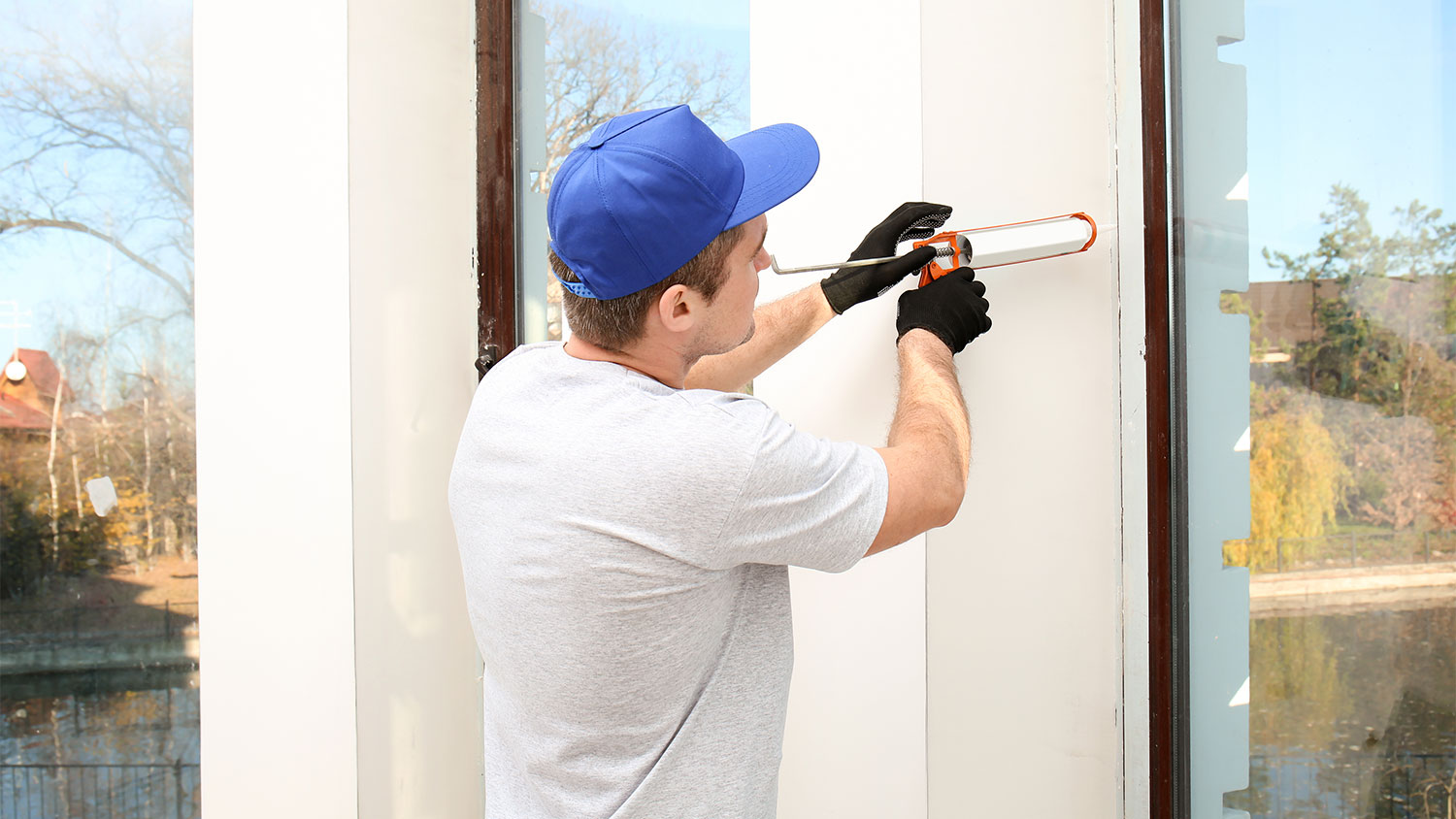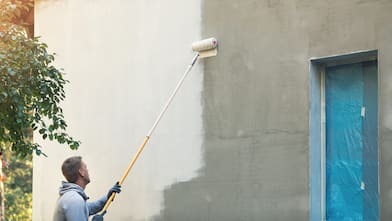Don’t paint yourself into a corner—caulk before you start
Looking to put a fresh coat of paint on your home, but you’ve noticed a few areas that could use some caulking? When it comes to whether you should caulk before or after the painting process, it should always be before. Trying to do so after would end up with a bunch of spots that don’t match the rest of the home.
What Is Caulking?
Caulking is a broad term used for a variety of different sealant materials. You use caulking to repair cracks, holes, or joints that are relatively small. According to the Department of Energy, these types of repairs should be no wider than a quarter-inch.
Different materials tackle certain jobs better than others. So while you might use household silicone caulk for faucets and tile in the home, you wouldn’t want to use that same material outside.
Instead, in this instance, you’d want to use a polyurethane or latex base, which does well outdoors.
Common caulking compounds include:
Silicone
Polyurethane
Water-based foams
Butyl rubber
Latex
Oil
Resin
Why It’s Important to Caulk Before Painting Your Home’s Exterior

The reason you caulk before painting the exterior of your home is so there’s no opportunity for the paint to get into the home itself. It also saves you time down the road, as you’ll need to paint over the caulk anyway. Caulking before also ensures the paint creates a protective layer over the caulking itself, extending the lifespan of the material.
Besides painting, you should caulk for these reasons as well:
Keep water from entering the home
Prevent insects from entering the home
Helps insulate the home
Prevents condensation from building in the cracks and holes
How Do You Caulk Your Home Before Painting?
To apply caulking, you’ll want to clean and prepare the area first. Caulking doesn’t necessarily mean you can paint the same day either.
A quick rundown on prepping the area and caulking includes:
1. Scrape any old paint, caulk, or debris that may be in the crack or hole
2. Make sure the area where the caulk is going doesn’t get wet (so don’t save this for a rainy day)
3. Ensure you have the right type of caulk for the job
4. Apply the caulk and wait at least 24 hours before painting
If you’re unsure of what type of caulking to use, how to properly caulk, or simply don’t have the tools necessary, consider hiring a handyperson to tackle the job instead.
What Types of Repairs Don’t Require Caulking?
While caulking is handy for quite a bit of jobs, it’s still limited. Anything relatively larger than a quarter-inch is best left for a more thorough repair job. When you hire house painters, they should run a thorough check to see what needs to be repaired before they start the job.
Large repairs that caulking typically won’t handle include:
Cracks or holes larger than a quarter-inch
Rotted wood
Any metal such as garage doors
Is It Better to DIY or Hire a Pro to Caulk?
Caulking is a relatively easy process that most individuals can tackle on their own, even if you’ve never touched a hammer before. However, this only applies to small caulking jobs.
If you know there are gaps in your home you don’t feel comfortable accomplishing yourself, it’s always best to bring in a handyperson. In most instances, it’s best to have an exterior painting company come out and give you a quote that includes the list of repairs needed. That way, they can handle the tough work and you can sit back and relax.





